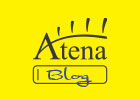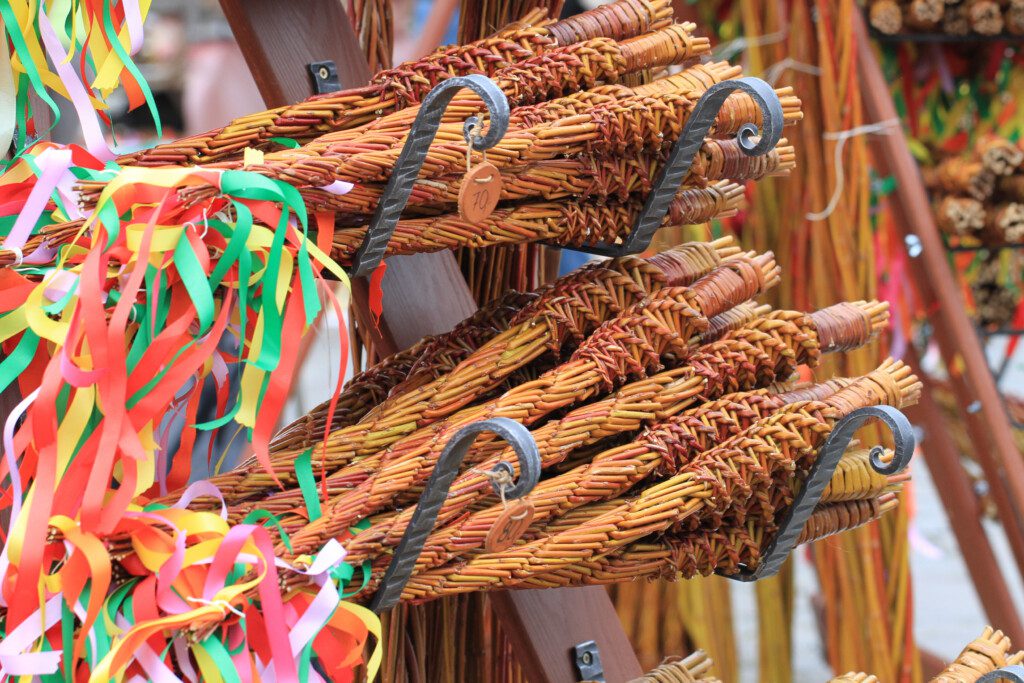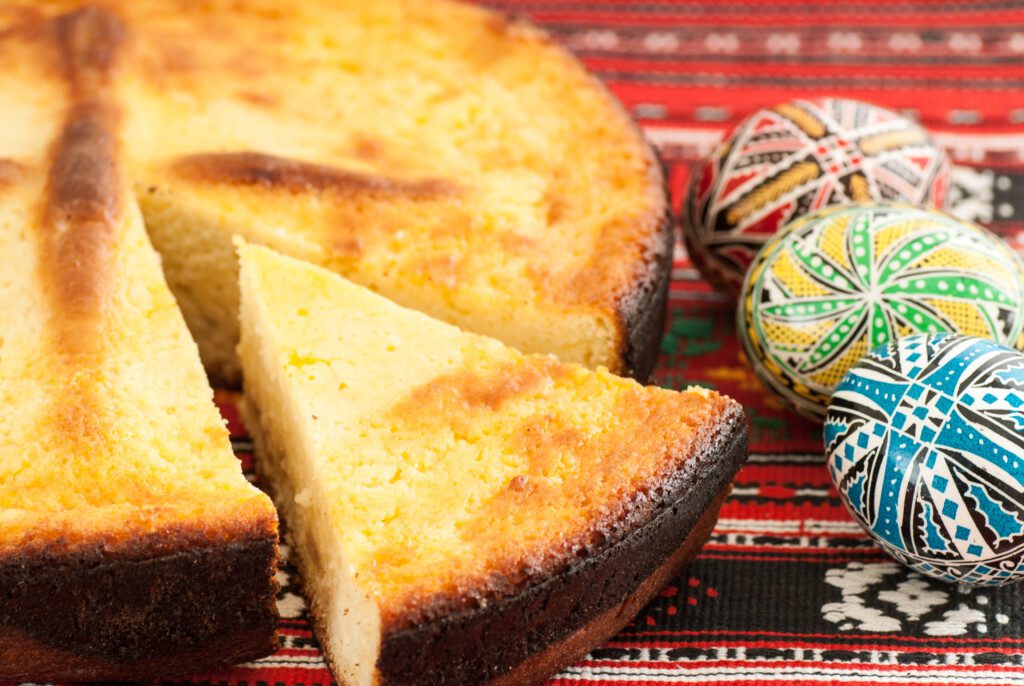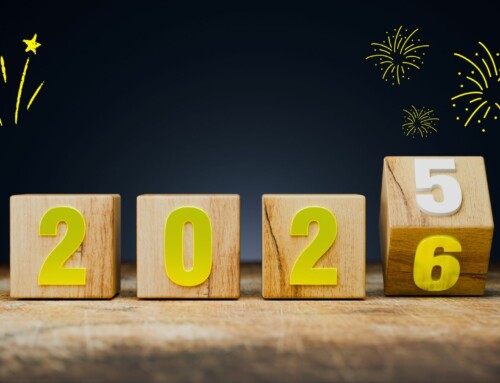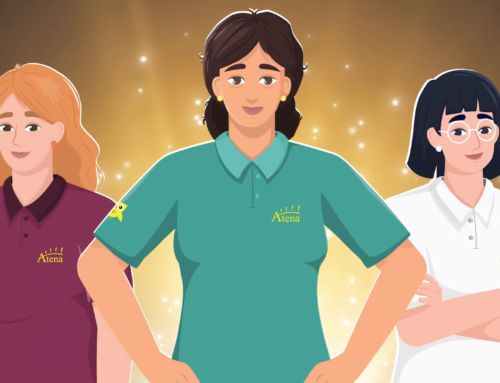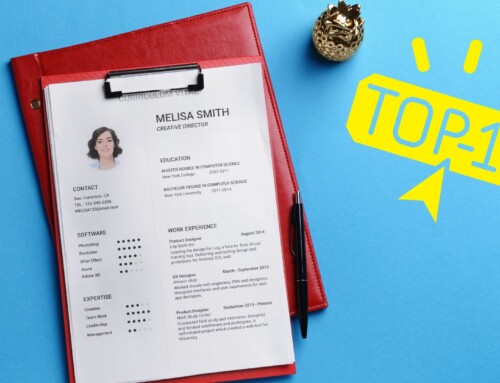Easter is a holiday that celebrates the arrival of spring and new life. Symbols of Easter include Easter eggs – painted and decorated eggs, furry pussy willow, the Easter bunny or lamb. It is considered a holiday full of joy and hope. It is also the greatest feast day in Christianity, when the Passion and Resurrection of Jesus Christ is commemorated throughout the world. On the other hand, many pagan or folk traditions are associated with the holiday. The date of Easter is determined by the full moon – it is the first Sunday after the first full moon after the vernal equinox.
When it comes to festive food, on Maundy Thursday, as the name suggests, we traditionally find something green on the table. This means serving dishes containing green vegetables such as courgettes, spinach, cucumbers, cabbage, broccoli, peas or lettuce. In many countries, a strict fast is observed on Good Friday, eating once a day and skipping meat dishes. Fish is eaten instead. Drink pure water. This day marks the end of the Lenten season since Ash Wednesday. That is why the tables on Easter Sunday and Monday are richly overflowing with good food.
Slovakia
In Slovakia, Easter Monday is a traditional splashing of water and whipping. Men and boys visit to throw water on women and girls and symbolically whip them with a whips. Whip is made by knitting willow rods and is decorated with brightly coloured ribbons. In some regions, mostly in villages, it is still poured over with buckets full of water, as it used to be, but in some places it is only symbolic and scented with perfume or cologne. In the past, women were dressed in folk costume during this custom. It is believed to bring health and beauty to women all year round, although most women do not like it at all.
Hungary
In Hungary they have a tradition similar to Slovakia. Here however only splashing is practiced. Hungarians don’t know how to whip with whips. The women reward them with painted Easter eggs decorated with geometric shapes and ornaments. Almost every table at Easter features an Easter lamb, hard-boiled eggs, various types of ham and braided brioche. In Hungary they like to eat tasty sausage with mustard and horseradish, which is not to be missed on the festive table and is also eaten with other dishes.
Germany
The Easter custom is to look for Easter eggs. The parents hide them in the garden and the children have to look for them. They believe an Easter bunny or fox hid them there. At Easter Germans bid farewell to winter and welcome spring by holding an Easter bonfire, during which they burn wood from Christmas trees. In this country, it is also popular to decorate the tree at Easter with colourful eggs. In Germany, dishes with bear garlic or rosemary are popular on Maundy Thursday. On Good Friday salmon with pasta fish soup herring and potatoes in the skin or fish fillets are eaten. The day before Easter Sunday is used for food preparation and baking. Traditional are cheese rabbits Easter bread, sourdough braids or cakes. Easter Sunday is the culmination of the feast and therefore many delicacies are put on the table. Pork tenderloin, ham, cakes, roast rabbit or lamb are classics of the festive lunch.
Bulgaria
Bulgaria is dominated by the Orthodox religion, which follows the Julian calendar. Easter eggs are dyed early in the morning on Maundy Thursday or White Saturday. The first egg must be dipped in red dye symbolizing the blood of Christ. It is then placed in a prominent place in the house, replacing the egg from the previous year, to bring health, prosperity and happiness to all the inhabitants of the house. It is considered a symbol of rebirth and new beginnings. The fight for the Easter egg is one of the moments of Easter that children always wait for with joy. It consists of two people holding an egg and hitting their opponent’s egg. The winning egg is called “borak”. According to tradition, the person who wins will enjoy health, prosperity and happiness. Another important part of Easter customs is the preparation of the Easter “kozunak”. In Bulgaria appeared in the early 20. century. It is a bread made from sweet yeast dough. It is often mixed with raisins and filled with poppy seeds or walnuts.
Romania
Romania is also an Orthodox country. In Orthodox tradition, people fast for seven weeks before Easter. Green Thursday is also of great importance. Usually on this day people clean the household. Eggs are painted and a paska is prepared – bread with cheese filling. The main course at Easter is usually lamb, which is served with potatoes, for example. On Easter morning people wash themselves with clean water put on new clothes and go to church. When they return home they spend time with their loved ones.
Croatia
Croatians on Good Friday eat bakalar – cod with potatoes. In Croatia it is customary to give Easter eggs as a gift to close friends and family. They symbolize happiness love and prosperity. For Easter breakfast it is typical to eat eggs, ham, spring onions, radishes, horseradish, French salad or traditional bread. Called pinca or sirnica, it is made from a sweet and spicy dough and is shaped like a large bun. Here too there is a family custom – the fight for the Easter egg, which enjoys great popularity.
Which Easter holidays are practiced in your home?
